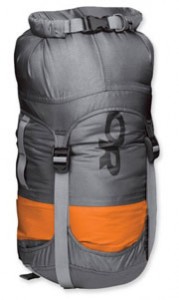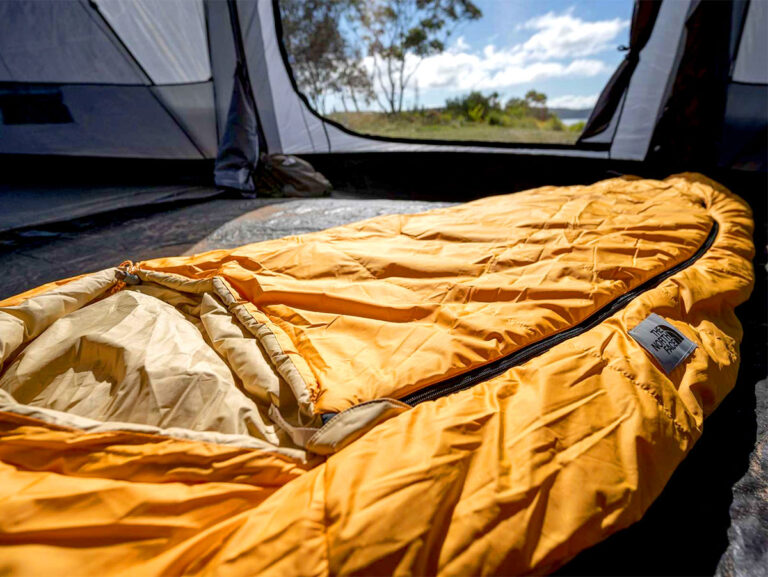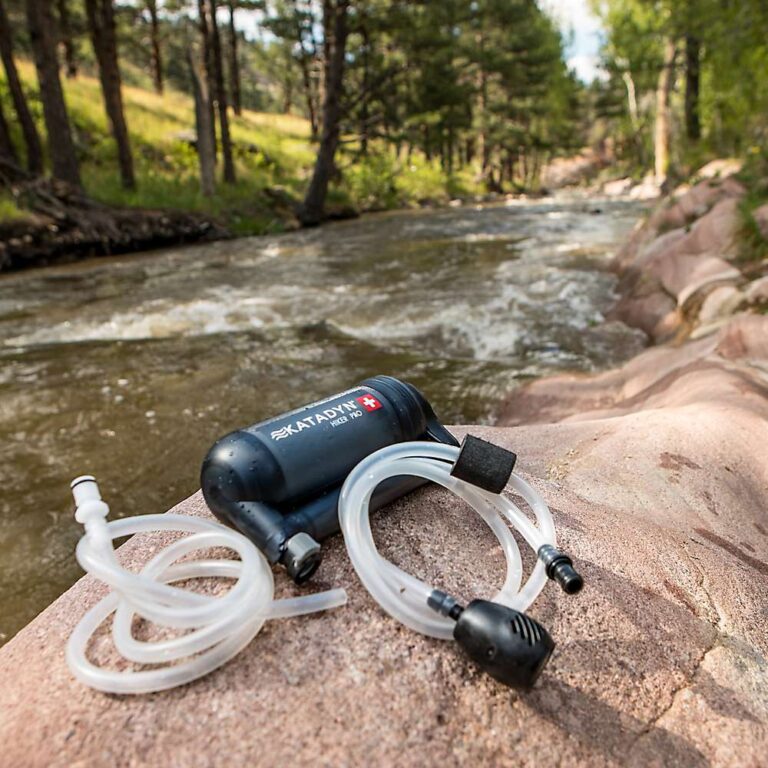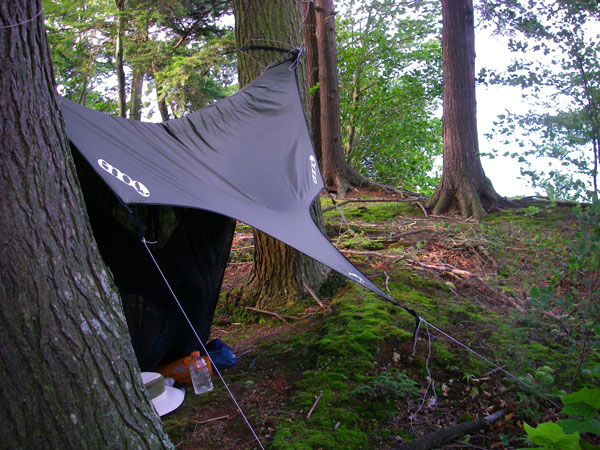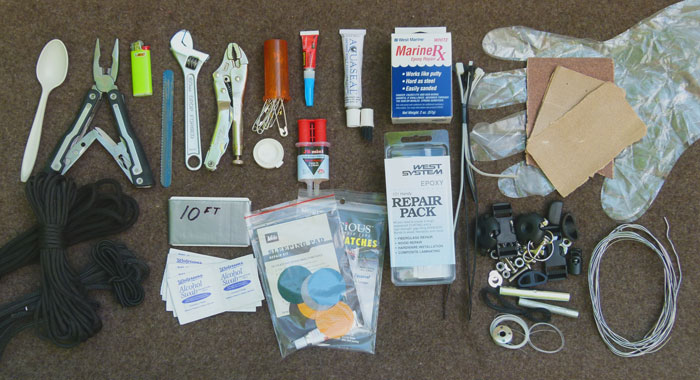Durable, Ultralight Dry Bags for Kayaking and Canoeing
SPECIFICATIONS
Ultralight, waterproof 40-denier silnyl fabric
Waterproof taped seams
Roll-top waterproof closure
Durable buckle secures roll top
Available Sizes: 1, 3, 5, 10, 15, 25, and 35 liters
Outdoor Research Ultralight Dry Sacks are lightweight stuff sacks for organizing and keeping your gear dry while kayaking and canoeing, backpacking, mountain biking, or other outdoor sports. The waterproof silicone-impregnated nylon fabric with taped seams keeps the weight down and helps shed wet weather to protect your gear. A durable buckle secures the roll-top closure.
Kayaking, especially for multiple days with camping equipment, can expose your gear to a lot of moisture: humidity, rain and snow, or the drenching that comes with a leaking hatch cover or a capsize. Even expert paddlers in ship-shape boats are wise to have the extra layer of defense offered by a quality drybag; how do the Outdoor Research Ultralight Dry Sacks measure up?
First Impressions
At first glance, one wonders if the OR (Outdoor Research) Ultralight Dry Sacks are up to the task of keeping vital camping supplies and equipment from getting wet. The 40-denier silicone-impregnated nylon fabric is pliable and silky, and the bags are compact and lightweight, with a roll-top sealing design that seems overly simple. Inside, the bags are sealed with a heavy gray waterproof coating, perhaps PVC, and all the stitched seams a taped to prevent leakage through the needle holes.
The Ultralight Dry Sacks are available in range of capacities from 1 to 35 liters (61 to 2135 cubic inches), and four different colors to help keep your gear organized.
Sign up for “Fetch,” the newsletter of Superior Paddling!
Be the first to know about new or featured how-to articles, product reviews, and destination trip reports, plus other sea-kayak events, news, and more.
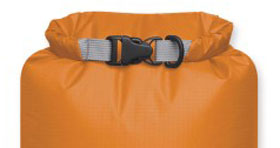
In Camp
When embarking on a new trip, or breaking camp each morning, most of my gear goes into the Ultralight Dry Sacks. Unlike typical stuff sacks, it’s a good idea to leave a little extra room at the top in order to roll it down. If the particular bag you’re packing contains fluffy, soft goods like clothing, you may want to gently kneel on the bag to squeeze excess air out before closing the bag. Make sure the two facing hems of the bag’s mouth are flat and pressed against each other, then begin rolling downward, smoothing out wrinkles as you go. Only three or four rolls are needed to provide a good seal, followed by snapping the buckle together to completely close the drybag.
The silnyl fabric is smooth and slippery, which helps when cramming several such bags into the tight confines of a kayak hull or backpack. The fabric, of course, is opaque, so it’s impossible to see the bags’ contents; OR also makes a Window Dry Bag featuring a narrow transparent panel, but this provides only a three-inch-wide glimpse of the general contents of the bag. Other manufacturers offer fully transparent drybags convenient for seeing just about everything inside, but their heavy vinyl material tends to stick to one another, making it difficult to pack a kayak.
Although the Ultralight Dry Sacks are quite rugged, their fabric and waterproof coating can be punctured by sharp objects either inside or outside the bags; if packing sharp-cornered gear, consider OR’s heavier Durable Dry Sacks instead.
Should you open your hatch to find your camping gear swimming in bilge water, the bags’ fabric may be darkened with moisture, but I’ve never had one leak through to the bag’s interior.
You might also consider a couple of Compression Dry Sacks, similar to regular dry sacks but with the addition of four exterior compression straps for cinching down high-loft gear like sleeping bags and fleece clothing.
In The Long Run
I’ve been using the OR Ultralight Dry Sacks, and their earlier Hydrolite Dry Sacks, for a number of years, and they’ve kept all my moisture-sensitive camping gear bone-dry. Through several seasons, I’ve never had an unexpected leak, nor ever burst a seam. Hard and sharp-cornered objects can strain the waterproof fabric, especially when cramming bags into a tight kayak hull, leading to pinhole leaks, so the bags should be inspected before each season and repaired if needed. They are easily patched, even in the field, with the same urethane adhesive and nylon fabric patches used to repair inflatable sleeping pads.
Paddling is a wet sport, but with Outdoor Research Ultralight Dry Sacks there’s no excuse for waterlogged TP or soggy socks.
Hits: lightweight, slippery, color-coded, good seals, bottom strap, daisy chain, multiple sizes
Misses: opaque, can be punctured or worn by hard objects
If you purchase a product or service linked to from this site, I may receive an “affiliate commission.”



